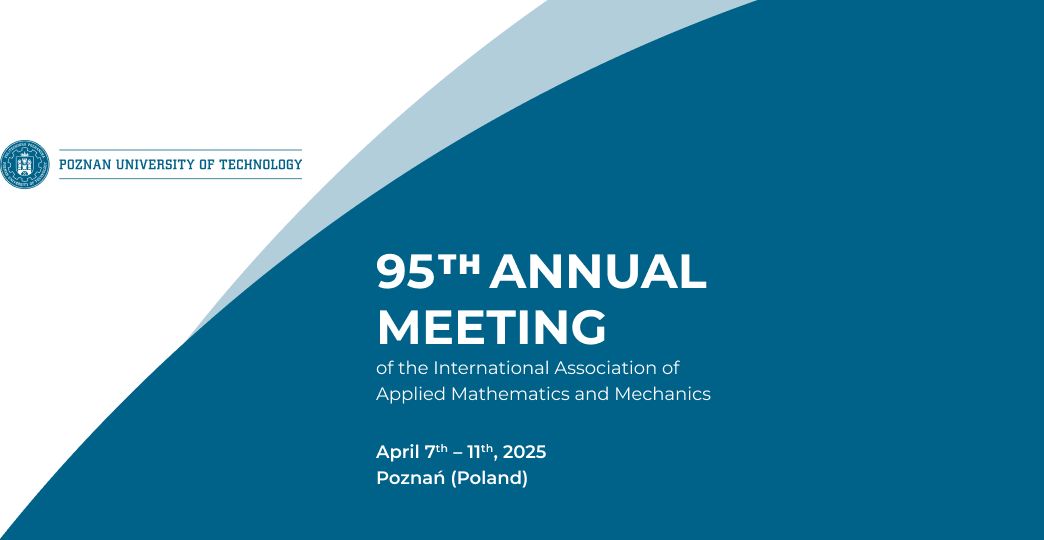Speaker
Description
Centuries of physics have established thermodynamically sound laws for solids in continuum mechanics, forming the basis for hyperelastic material models. However, these models often struggle with diverse materials, where pre-selecting a model to fit experimental data risks inadequacy. This challenge intensifies when modeling not just the (elastic) stress-strain relationship but also inelastic responses such as visco-elasticity, elasto-plasticity as well as growth and remodeling of living tissues. To overcome this, machine learning offers an alternative but often yields unphysical predictions. Therefore, Constitutive Artificial Neural Networks (CANNs) [1] were developed to embed thermodynamic principles into the network’s architecture, ensuring physically consistent results [1]. Previously, iCANNs [2], extending CANNs to general inelastic behavior, were proposed. Here, inspired by the universal approximation capabilities of traditional neural networks, we extend the original iCANN architecture to cover a broader spectrum of inelasticity [3]. We apply the iCANN to uncover visco-elasticity [2,3], elasto-plasticity [4], and tensional homeostasis in living tissues [5]. Therefore, we employ the multiplicative decomposition of the deformation gradient into elastic and inelastic parts [6]. A dual potential in terms of stresses is postulated [7] to capture inelasticity, while additionally a yield surface is introduced for elasto-plasticity and homeostasis is taken into account through homeostatic surfaces. We evaluate our iCANN by its ability to discover artificial data and real experiments of visco-elastic polymer, elasto-plastic steel and homeostasis of bioengineered tissues. We discuss and highlight various challenges that arise during discovery, with a particular focus on the inelastic regime.
[1] K. Linka and E. Kuhl. Computer Methods in Applied Mechanics and Engineering 403, 115731 (2023).
[2] H. Holthusen, L. Lamm, T. Brepols, S. Reese, E. Kuhl. Computer Methods in Applied Mechanics and Engineering 428, 117063 (2024).
[3] H. Holthusen, K. Linka, E. Kuhl, T. Brepols. arXiv:2502.17490,
https://arxiv.org/abs/2502.17490 (2025).
[4] B. Boes, J.-W. Simon, H. Holthusen. arXiv:2407.19326, https://arxiv.org/abs/2407.19326 (2024).
[5] H. Holthusen, T. Brepols, K. Linka, E. Kuhl. Computers in Biology and Medicine 186, 109691 (2025).
[6]. J. Casey. Mathematics and Mechanics of Solids 22, 528-537 (2017).
[7] P. Germain. Meccanica 33, 433-444 (1998).

